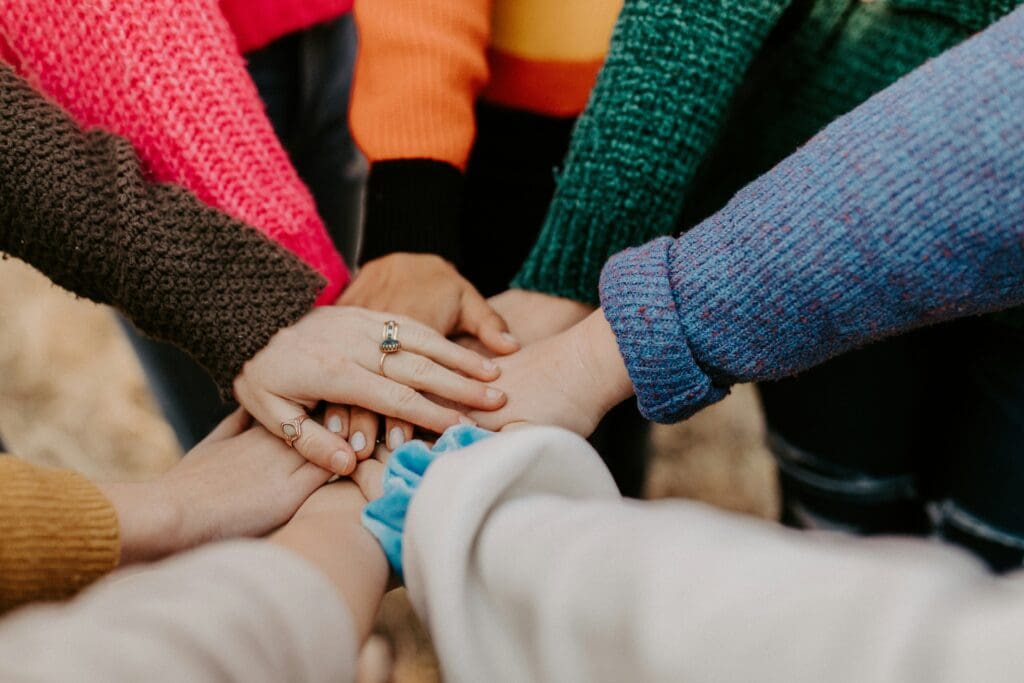Building Stronger Communities: The Power of Resilience

What is Community Resilience?
Community resilience is the ability of a group of people to adapt, recover, and thrive in the face of challenges, whether those are economic downturns, natural disasters, social injustices, or public health crises. It’s about people coming together, leveraging their strengths, and finding innovative ways to build a better future.
At its core, resilience is about more than just survival. It’s about growth, adaptation, and transformation. Communities that invest in social cohesion, economic stability, and grassroots activism can not only withstand adversity but emerge stronger and more connected than ever before.
Why Does Community Resilience Matter?
We live in a world where uncertainty is a given. Climate change, racial injustice, economic instability, and global health concerns are just a few of the issues communities face today. The ability to bounce back—not just as individuals but as a collective—is essential to ensuring equity, sustainability, and justice.
When a community is resilient, it:
- Provides Support Networks – Strengthens relationships among neighbors, fostering trust and cooperation.
- Promotes Economic Stability – Encourages local businesses, financial literacy, and job creation.
- Strengthens Advocacy – Mobilizes residents to advocate for policy changes and social justice.
- Enhances Mental and Emotional Well-being – Creates spaces for collective healing and empowerment.
The Role of Grassroots Movements in Community Resilience
Change doesn’t always start at the top. In fact, some of the most powerful movements for resilience begin at the grassroots level. Local organizers, youth activists, and community leaders are often the driving force behind social and economic recovery efforts.
Take, for example, the mutual aid networks that gained momentum during the COVID-19 pandemic. These community-driven initiatives provided essential resources—food, financial assistance, and emotional support—to those in need, proving that resilience starts with people helping people.
Similarly, the Anti-Racism Commitment Coalition (ARCC) is dedicated to fostering resilience through education, coalition-building, and advocacy. By empowering individuals to transform their networks into anti-racist infrastructure, ARCC is not only addressing systemic inequities but also building stronger, more connected communities.
How Can We Foster Community Resilience?
If we want to build resilient communities, we must take action—both individually and collectively. Here’s how:
- Invest in Local Leadership: Support community leaders and activists who are driving change.
- Prioritize Mental Health: Encourage open conversations about mental wellness and create safe spaces for healing.
- Strengthen Economic Foundations: Support Black- and Brown-owned businesses, invest in local economies, and promote financial education.
- Educate and Advocate: Push for policies that address systemic inequities and help ensure marginalized voices are heard.
- Build Strong Social Networks: Foster deep connections among neighbors, organizations, and community groups.
- Adapt and Innovate: Learn from past challenges and develop new strategies to address future ones.
Resilience Is a Collective Effort
Community resilience isn’t just about bouncing back from hardship—it’s about building forward. It’s about ensuring that every person, regardless of race, class, or background, has the tools and support they need to thrive.
As we navigate the complexities of today’s world, let’s remember that resilience is rooted in unity. It’s about lifting each other up, sharing resources, and fighting for a future where all communities can flourish.
How can you contribute to community resilience today? Let’s start the conversation.

